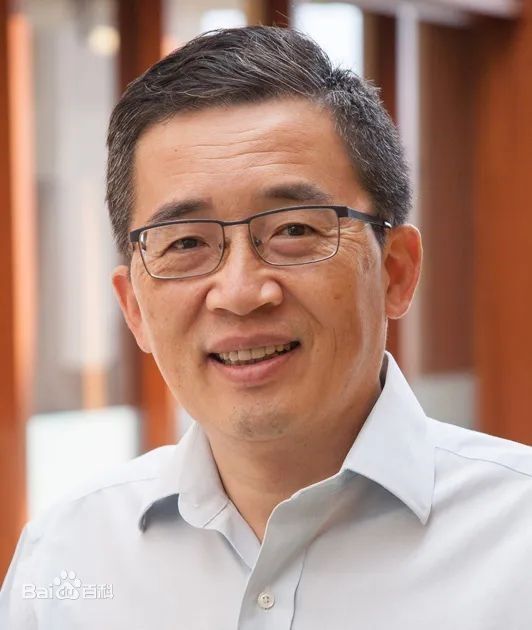报告人:黄永刚院士 美国西北大学
时间:2024年9月2日下午13:30
地点:上海大学延长校区200会议室

Yonggang Huang is the Achenbach Professor at Northwestern University. He has published 2 books and >700 journal papers, including 15 in Science and 8 in Nature, and is a Highly Cited Researcher in Engineering (2009), Materials Science (since 2014), and Physics (2018). He has been elected to the US National Academy of Engineering, US National Academy of Sciences, American Academy of Arts and Sciences, Royal Society in UK, Chinese Academy of Sciences, and 5 other academies in Europe and Canada. The Society of Engineering Science established the Yonggang Huang Engineering Science Medal in 2024 in his honor.
Modeling programmable drug delivery in bioelectronics with electrochemical actuation
Drug delivery systems featuring electrochemical actuation represent an emerging class of biomedical technology with programmable volume/flowrate capabilities for localized delivery. Recent work establishes applications in neuroscience experiments involving small animals in the context of pharmacological response. However, for programmable delivery, the available flowrate control and delivery time models fail to consider key variables of the drug delivery system––microfluidic resistance and membrane stiffness. Here we establish an analytical model that accounts for the missing variables and provides a scalable understanding of each variable influence in the physics of delivery process (i.e., maximum flowrate, delivery time). This analytical model accounts for the key parameters––initial environmental pressure, initial volume, microfluidic resistance, flexible membrane, current, and temperature––to control the delivery and bypasses numerical simulations allowing faster system optimization for different in vivo experiments. We show that the delivery process is controlled by three nondimensional parameters, and the volume/flowrate results from the proposed analytical model agree with the numerical results and experiments. These results have relevance to the many emerging applications of programmable delivery in clinical studies within the neuroscience and broader biomedical communities.
